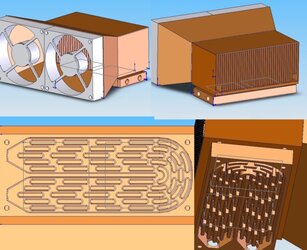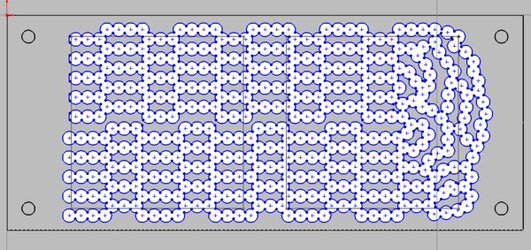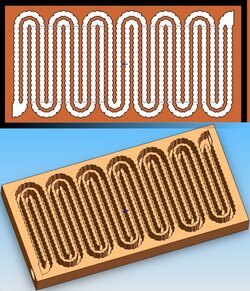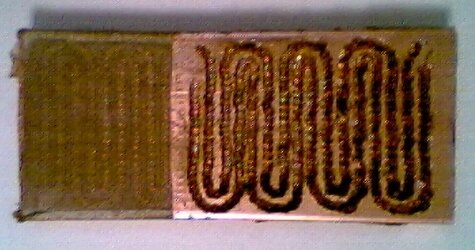- Joined
- Apr 1, 2004
- Location
- Vancouver Canada
I'm Making an in line water chiller, that will use 2 110 watt pelts. The hot side of the pelts will be cooled by a copper heatsink I'm making, which will be similar to a really long SLK, minus the quality. The cold side of the pelts will chill the water via a custom water block I am also making from copper.
The pelts are both 4cm x 4cm, and the waterblock I am planning on making will be 5cm x 12cm x 1cm. In addition to this main waterblock, I am thinking of making a second larger waterblock to attach to the main one. I have a piece of 3/4" aluminum which would be ideal for this. The idea behind the second waterblock is for the water to spend more time inside the cooling aperatus. The water would come from the pump and go through the first aluminum waterblock to cool it a little, and then through the second copper waterblock for further cooling.
I have tried to attach a picture of some screen shots of what I am planning on making from SolidWorks. To give you an idea of the size, the fans are 80mm. If I were to use the second aluminum waterblock, it would be attached directly to the bottom of the copper waterblock.
Does anyone know if the second aluminum waterblock would just be redundant? If the copper waterclock can transfer heat from the water fast enough then there is no need for the aluminum one.
Also, does anyone have any tips, or reasons this is the dumbest thing you have ever seen in your life? Anyone wana Host pictures so you can all see what I am talking about either?
-edit-
Nevermind about the hosting, the site hosting looks like it will do.
The pelts are both 4cm x 4cm, and the waterblock I am planning on making will be 5cm x 12cm x 1cm. In addition to this main waterblock, I am thinking of making a second larger waterblock to attach to the main one. I have a piece of 3/4" aluminum which would be ideal for this. The idea behind the second waterblock is for the water to spend more time inside the cooling aperatus. The water would come from the pump and go through the first aluminum waterblock to cool it a little, and then through the second copper waterblock for further cooling.
I have tried to attach a picture of some screen shots of what I am planning on making from SolidWorks. To give you an idea of the size, the fans are 80mm. If I were to use the second aluminum waterblock, it would be attached directly to the bottom of the copper waterblock.
Does anyone know if the second aluminum waterblock would just be redundant? If the copper waterclock can transfer heat from the water fast enough then there is no need for the aluminum one.
Also, does anyone have any tips, or reasons this is the dumbest thing you have ever seen in your life? Anyone wana Host pictures so you can all see what I am talking about either?
-edit-
Nevermind about the hosting, the site hosting looks like it will do.
Attachments
Last edited:






